"AIGUIÈRE EN BRONZE - GRECE, XIX ème s (?)"
AIGUIERE de type « Œnochoé » en bronze, de forme ovoïdale à piédouche, à col étroit à l’arrière duquel est assis un personnage barbu tenant deux cornes libatoires. La base de l’anse est occupée par une stryge (femme ailée à corps d’oiseau). L’anse, le bord du bec verseur et le piédouche sont ornés de rangs de perles, godrons et cannelures.
Hauteur : 31,2 cm.
Provenance : PELOPONNESE
Il s'agit probablement d'un tirage postérieur obtenu à partir du moule antique ou d'un surmoulage effectué à une époque postérieure.
Les trois derniers clichés en grisaille sont ceux de l'aiguière "Grimani" du Musée de Budapest
Etat de conservation : enfoncements et fentes à la partie médiane et à la jonction du col et du corps.
Discussion : ce vaisseau est identique en tous points à l’ « Œnochoé Grimani » conservé au Musée des Beaux-arts de Budapest.
Historique de l’ « Œnochoé Grimani » :
Concordance : LA 18
Collection : MFA, CCA
Dating : Classical; c. 450 B.C.
Dimensions : H. 31,2 cm
Place of discovery: Peloponnesos
Bibliography : Czére A. (ed.), Museum of Fine Arts, Budapest, Masterpieces from the Collection, 2006, nr. 12
Former collections : The Fejérváry-Pulszky Collection - 1833-1887. november?
"One of the most valuable pieces in the Collection of Classical Antiquities had been acquired by a prestigious Venetian family, the Grimanis, between the sixteenth and eighteenth centuries, presumably from Greece. What had been one of the oldest and largest collections in Venice was sold off by the impoverished descendants of the family in the late 1820s. Gábor Fejérváry, who amassed the most significant private collection of ancient art in the 19th century in Hungary, and his nephew, Ferenc Pulszky, later director of the National Museum, purchased the jug in Milan in 1833. It was only acquired by the National Museum after Pulszky's death, and thence by the Museum of Fine Arts. Greek bronzeworkers also produced water vessels (hydria) and wine jugs (oinochoe) for banquets similar to pottery vases. Whereas in the sixth century B.C., the bodies of the vessels were frequently cast, later they were hammered from sheet metal. The latter technique enabled craftsmen to produce individual pieces, although they generally used conventional decorative motifs. In all probability, the Grimani jug, this masterpiece of bronzeworking, was produced in one of the major metalworking centres of the age, Corinth, at the height of classical Greek culture, circa 450 B.C.
The harmony of the masterfully shaped body and its decoration sets the piece apart from similar vessels of the period. The simple but finely wrought jug is decorated with motifs on the cast base and handle subsequently attached to the body hammered out of sheet bronze. The tongue-pattern sequence around the base, the series of pearl-like ribs following the curve of the handle and the palmette at their ends are mere accessories to the two mythical hybrid creatures, the real adornments of the vessel. The one with pointed ears and beard, sitting on the edge of the spout, has the more prominent position. Silenos, from the retinue of Dionysus, the god of wine, greedily awaits the opportunity to dip the drinking horns held in his hands into the contents of the jug.
At the base of the handle, behind the figure evoking fun and wild revelry, sits a siren with outstretched wings. Ancient Greeks thought that these beings with the body of a bird and the head of a woman awaited those entering the gate of the Underworld, to alleviate the bitterness of death. Even Odysseus had to have himself tied to the mast of his ship upon hearing their "clear-toned song", enticing but fatal.
As the Greeks believed that they would also attend banquets in the afterlife, their tombs often contained vessels they might need for these occasions. The Grimani Jug, which has survived intact for thousands of years, was probably buried deep in a grave shortly after its production, in order to accompany its owner into the realm of Hades. This time, Silenos is partaking in revelry, where music comes from unworldly spheres."
M. Dági
***************************************************************************
GARANTIE
Jean-Claude COMMENCHAL garantit authentique l’objet décrit ci-dessus. Une facture descriptive détaillée incluant une photographie sera remise sur demande à l’acquéreur.
En cas d’erreur avérée, l’objet sera renvoyé aux frais du vendeur.
EXPEDITION
Envoi vers la France en « Colissimo » suivi dans un délai maximum de 48 heures. Avec recommandation et assurance sur demande. Le transport postal est offert à destination de la France métropolitaine.
Envoi vers le Monde entier en « Colissimo » recommandé. Avec assurance sur demande.
Pour connaître les frais d’expédition vers l’Europe ou le Monde entier, cliquez sur « Acheter en ligne » et sélectionnez votre pays, ou contactez-moi par email.
PAIEMENT
Par chèque français à l’ordre de COMMENCHAL Jean-Claude
Par virement bancaire à l’ordre de :
COMMENCHAL Jean-Claude
IBAN : FR7630027160990002011940139
BIC : CMCIFRPP
Par virement Paypal vers jc.commenchal@orange.fr
Il sera facturé un surcoût de 3,5 % TTC du prix indiqué pour compenser les frais prélevés par cet opérateur bancaire
Par carte bancaire via Paypal
POSER UNE QUESTION ? :
Acheteurs francophones : par téléphone ou email.
Acheteurs non francophones : exclusivement par email.
********************************************************************
Site internet : http://www.commenchal-expert-etains.com
********************************************************************
Ref 8654



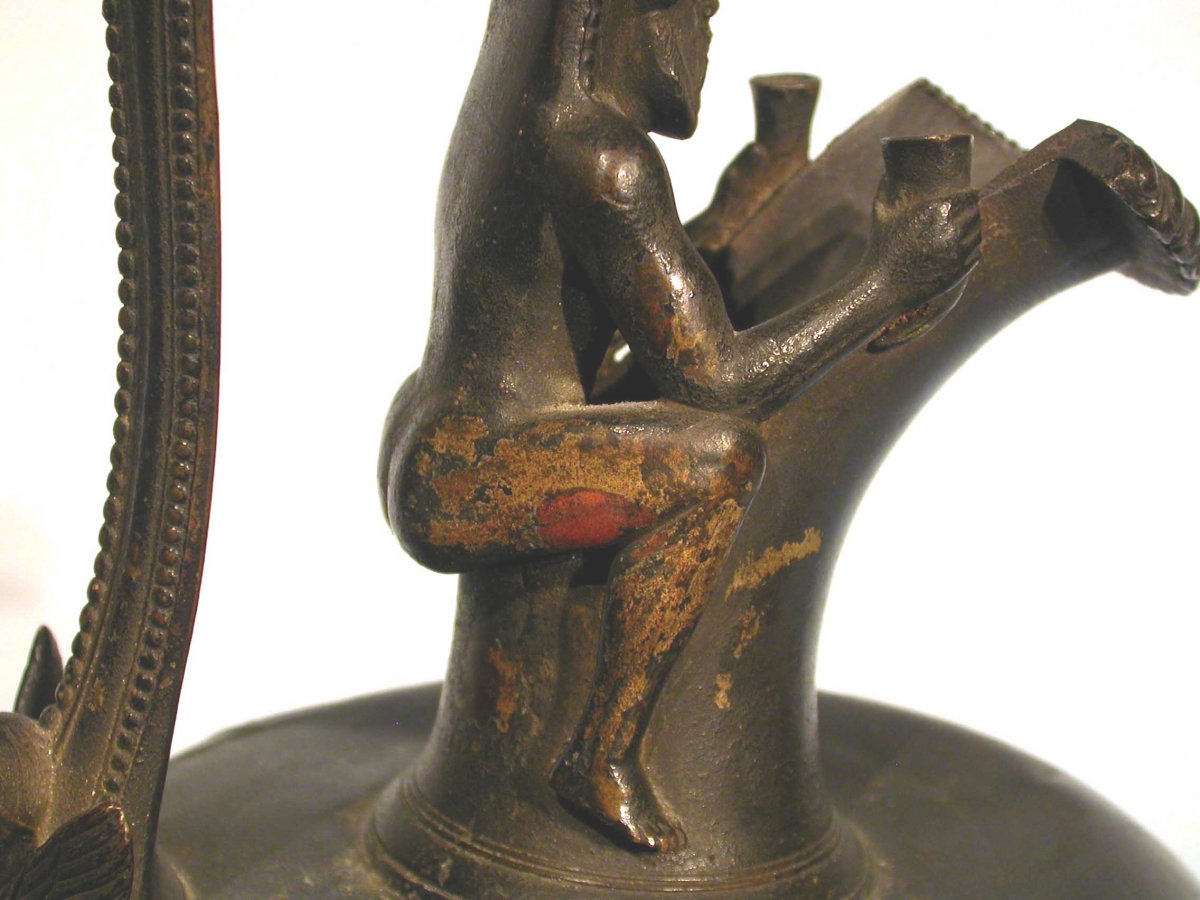
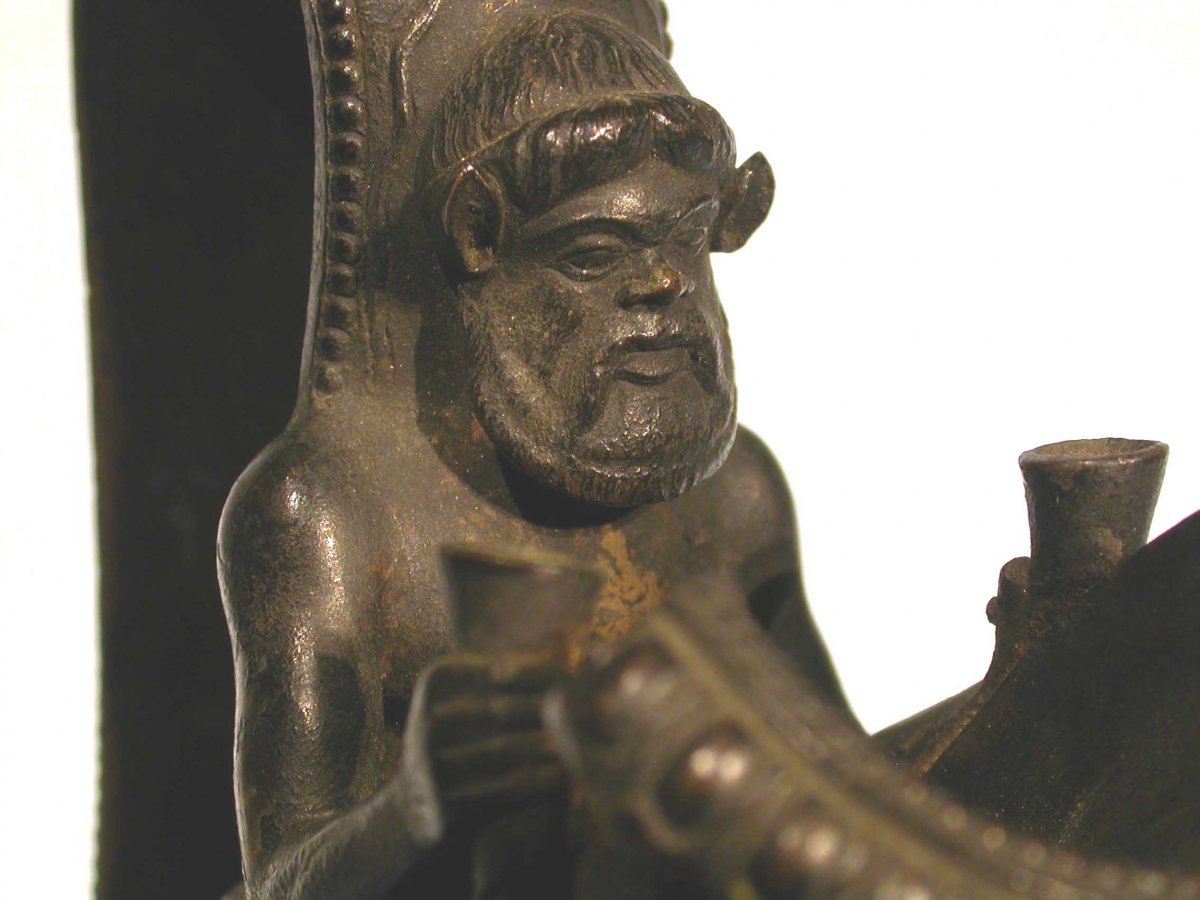
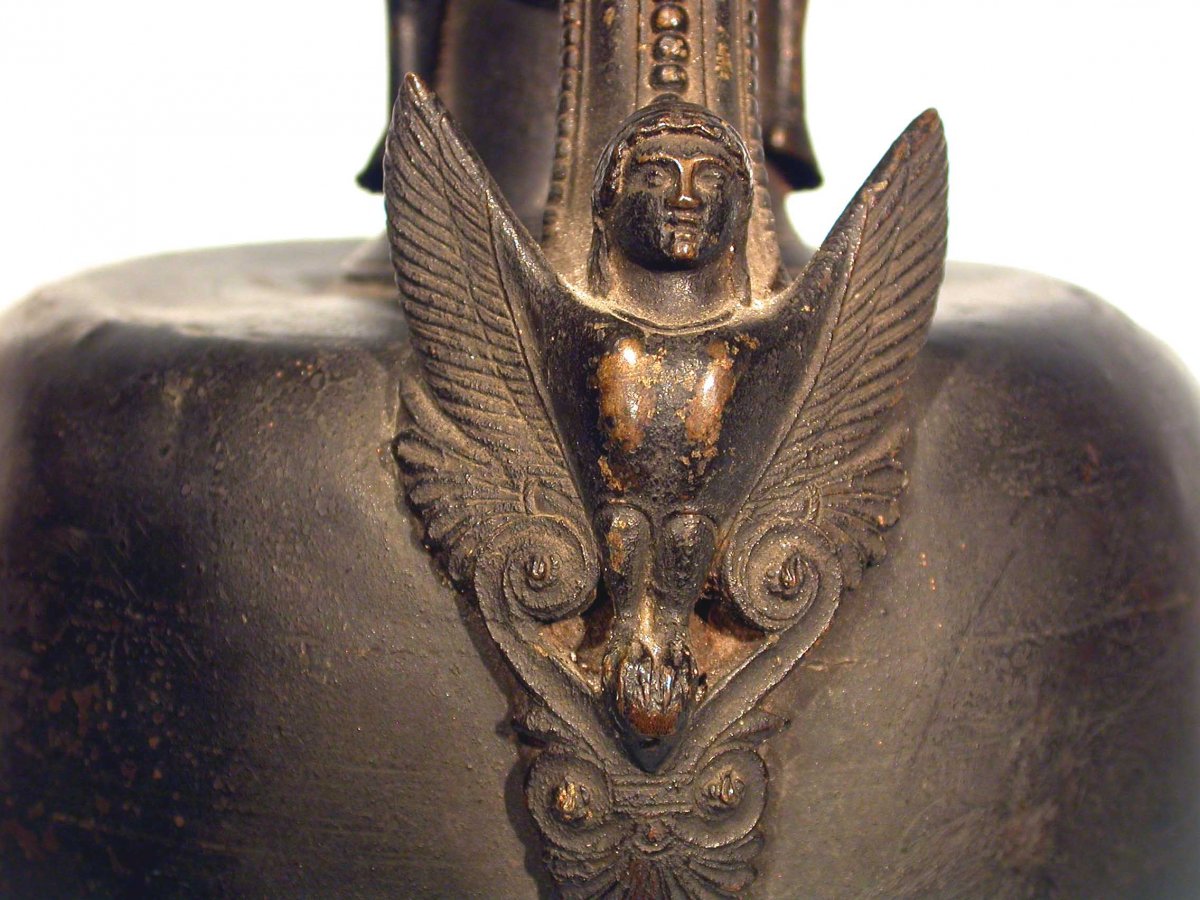
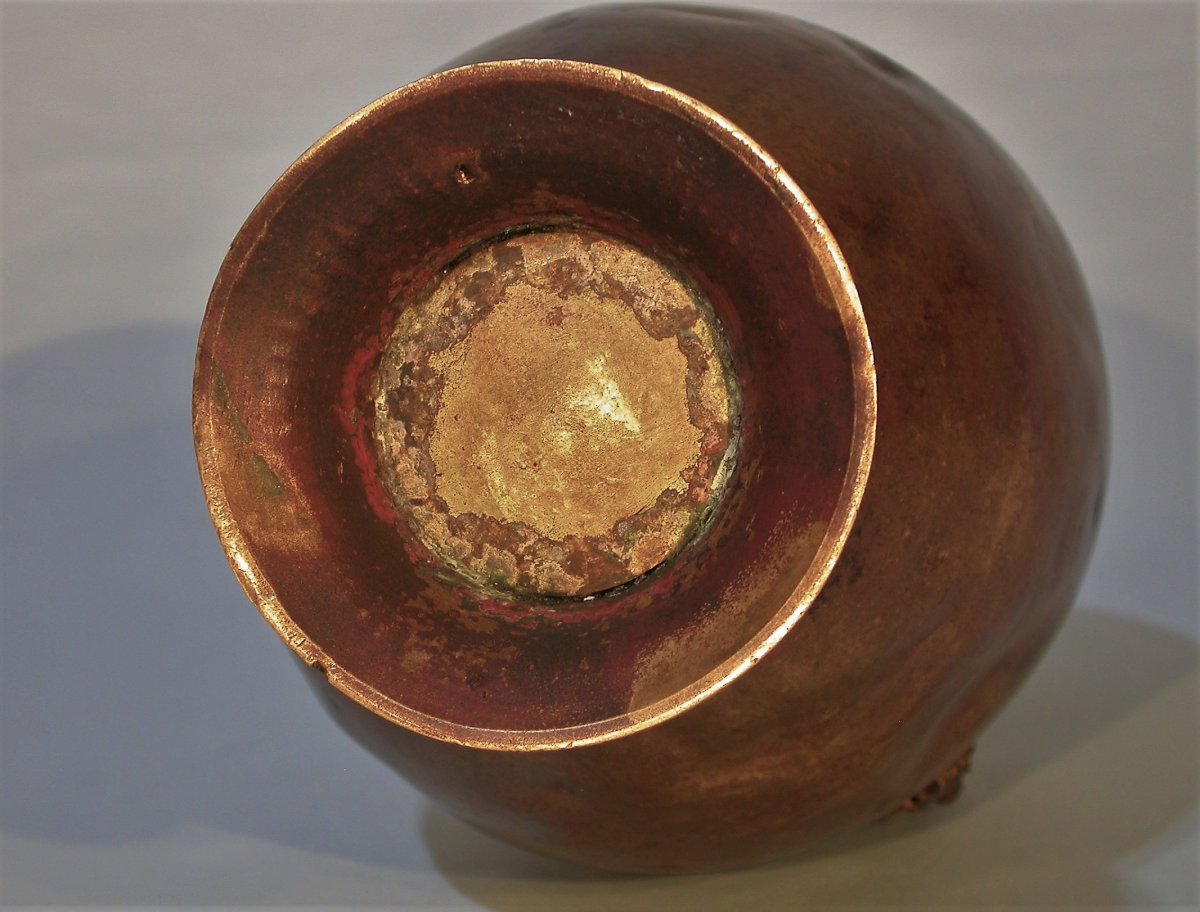

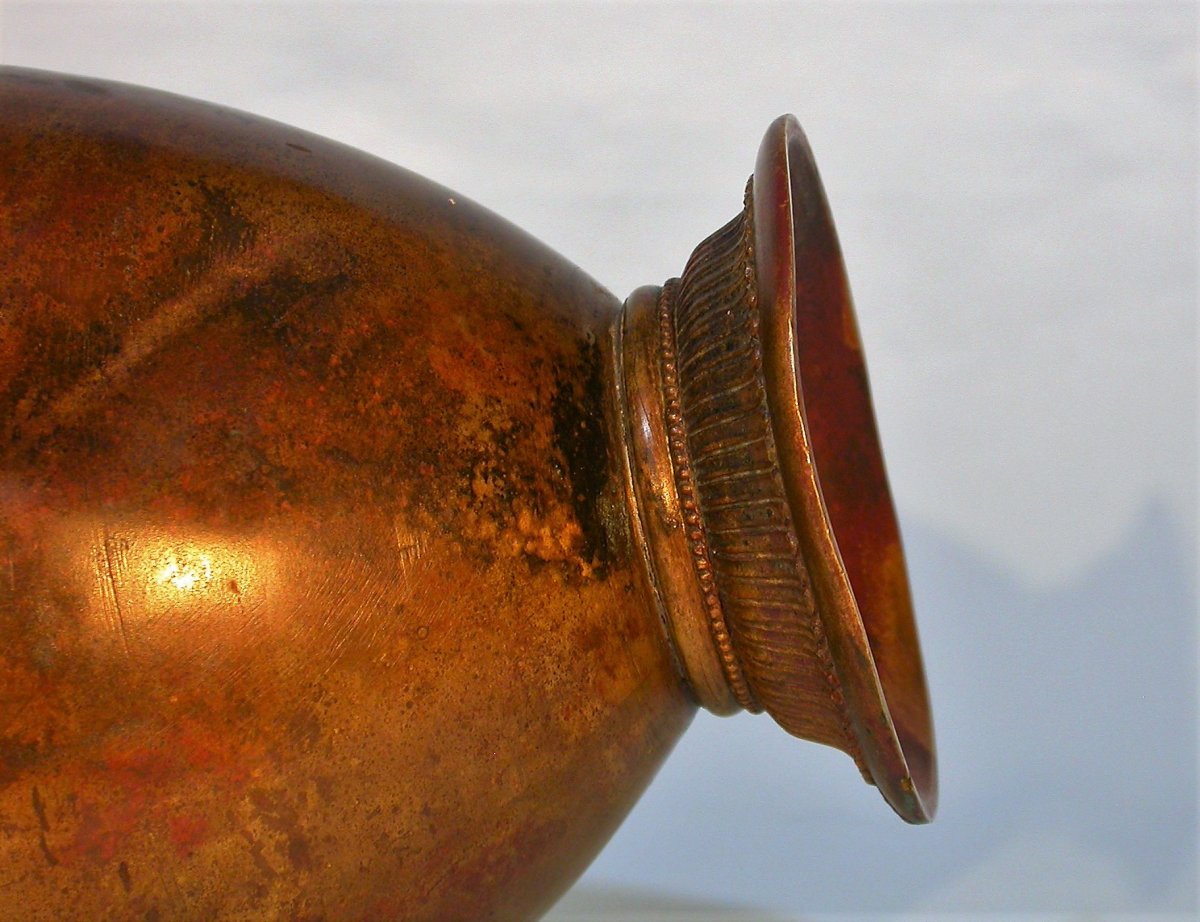
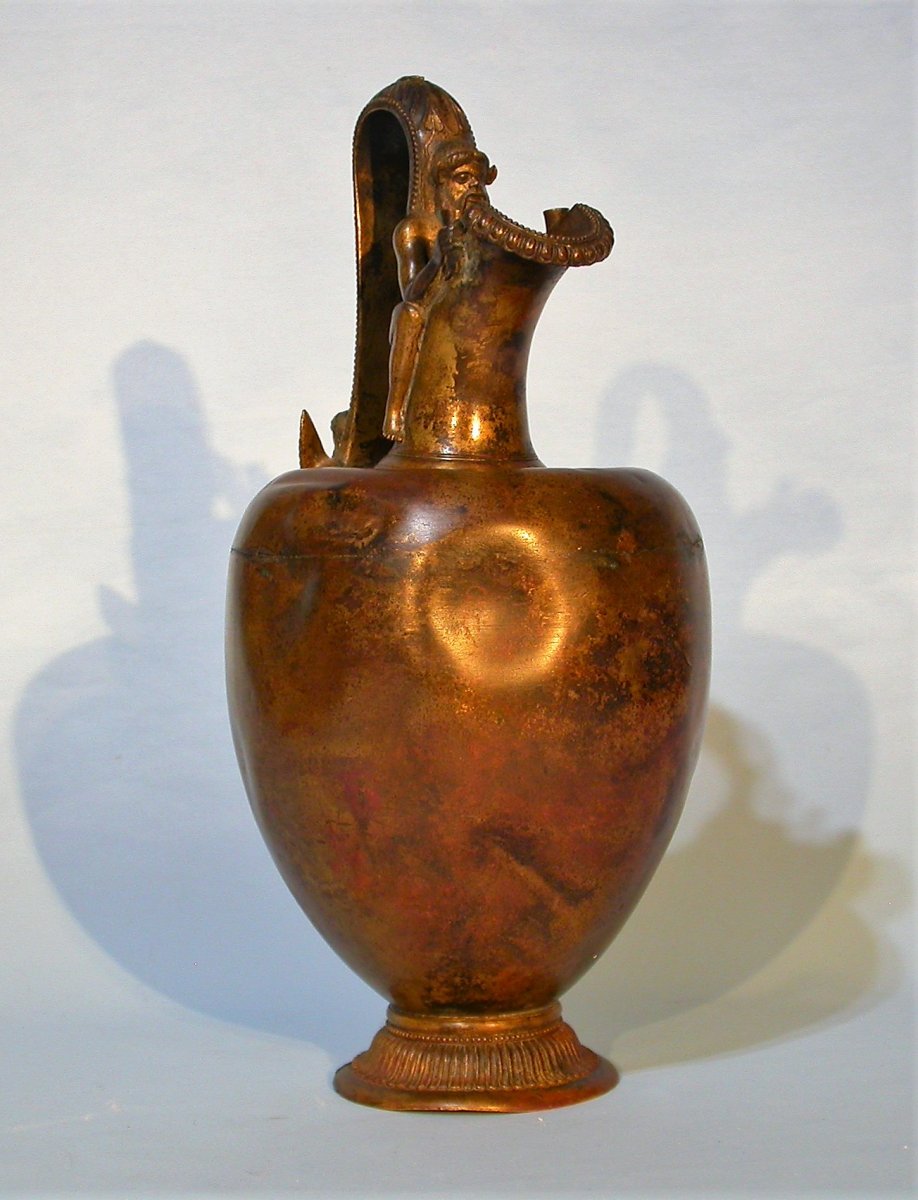
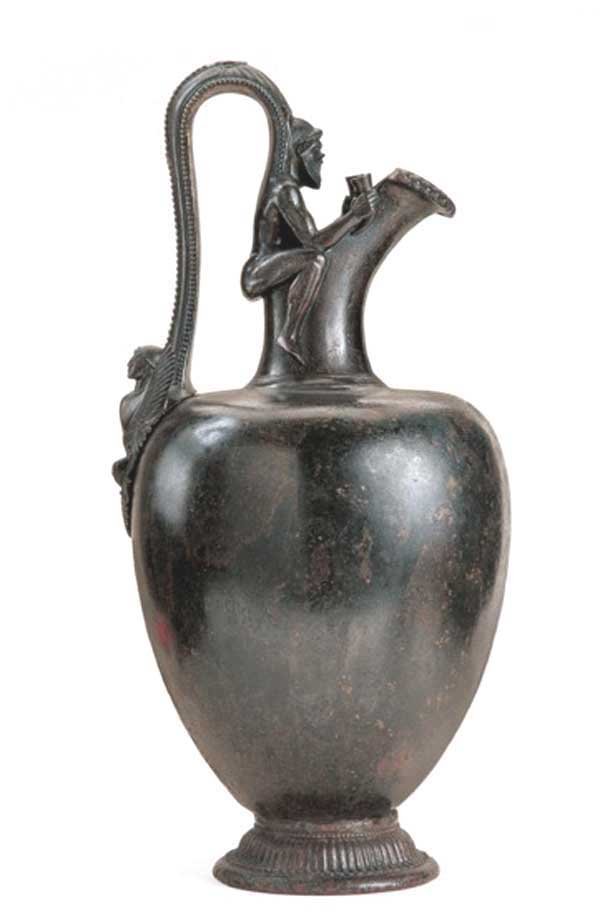
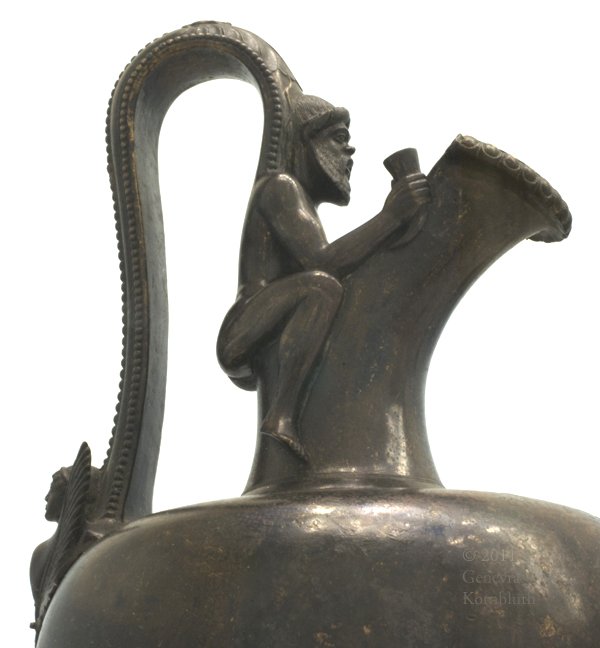
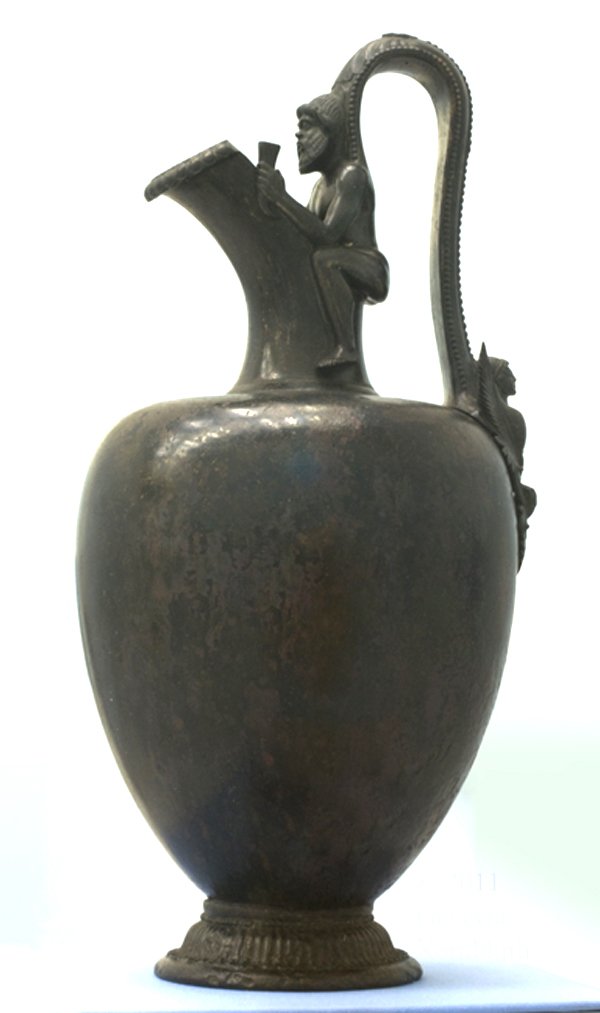
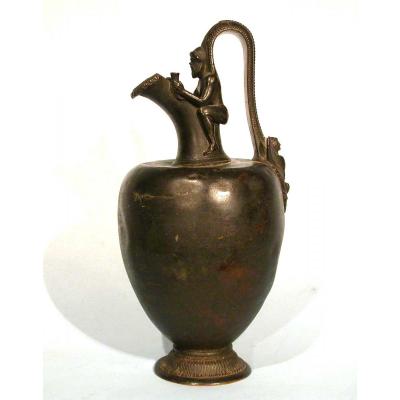




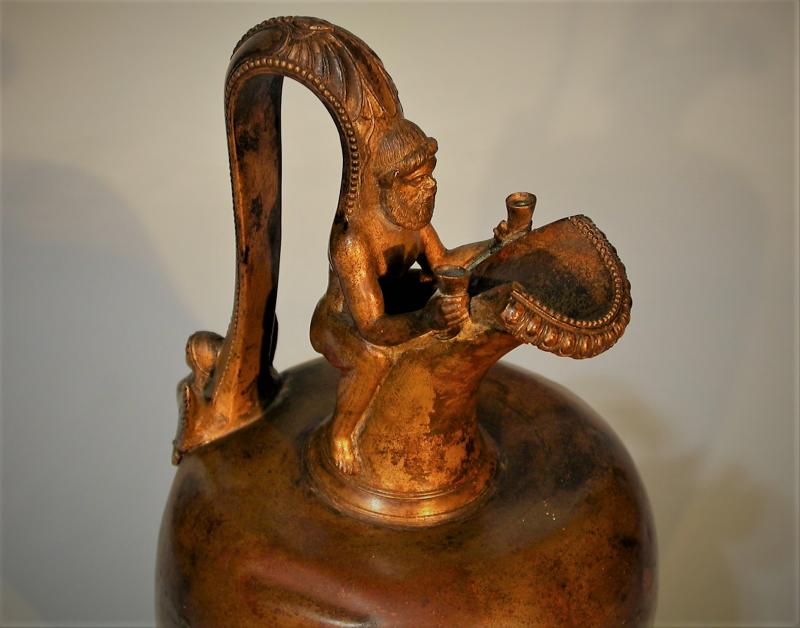






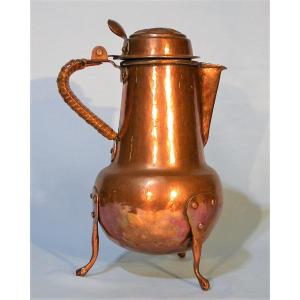







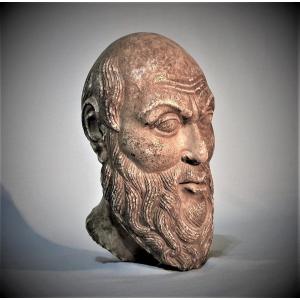


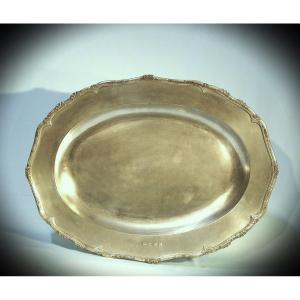
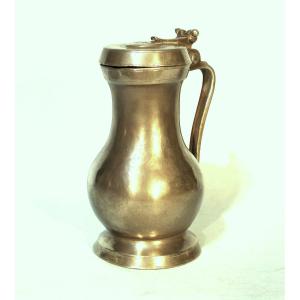
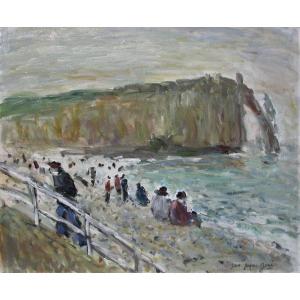



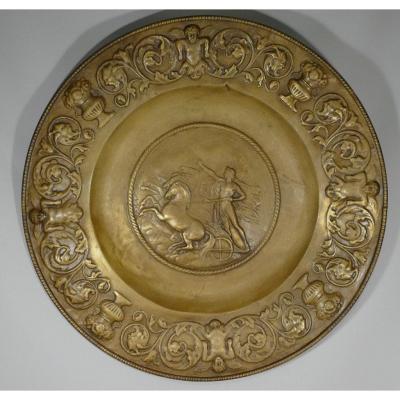







 Le Magazine
Le Magazine Rivista Artiquariato
Rivista Artiquariato TRÉSORS magazine
TRÉSORS magazine